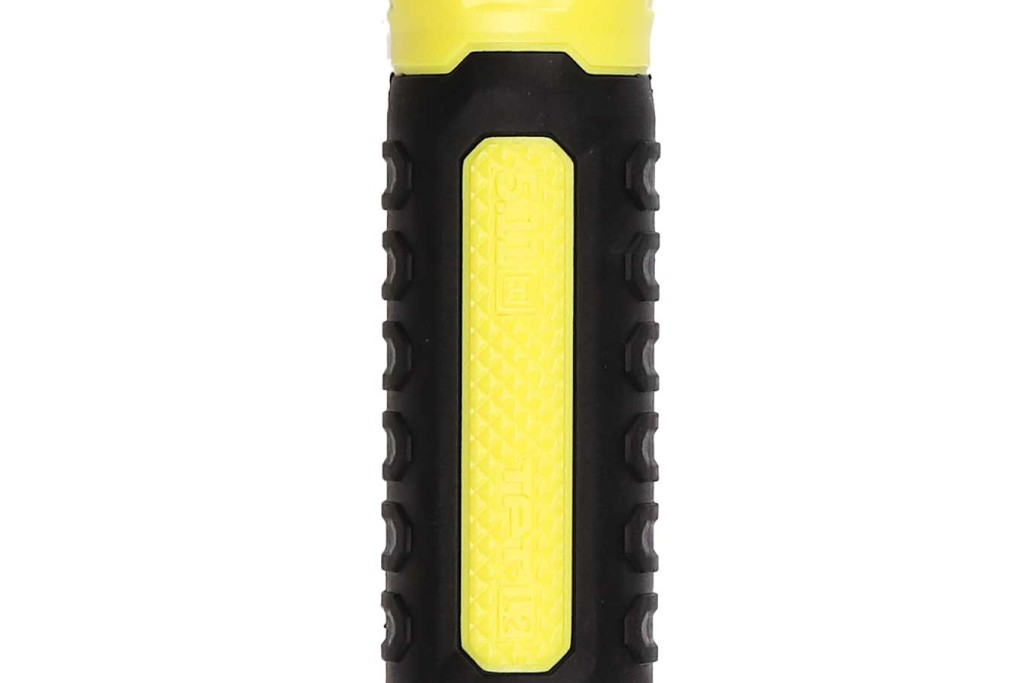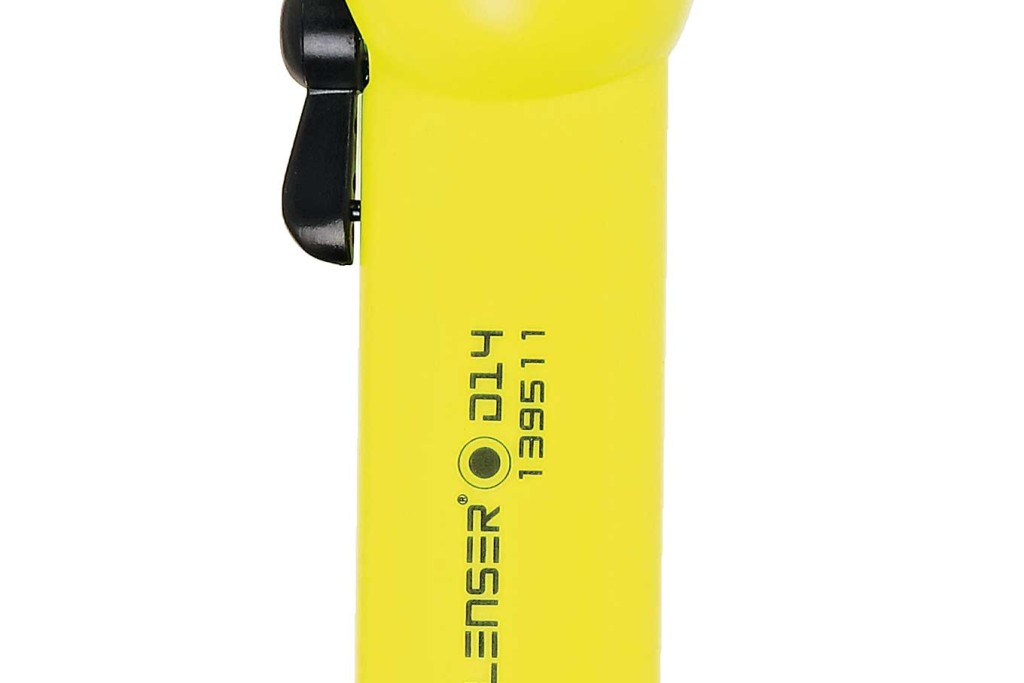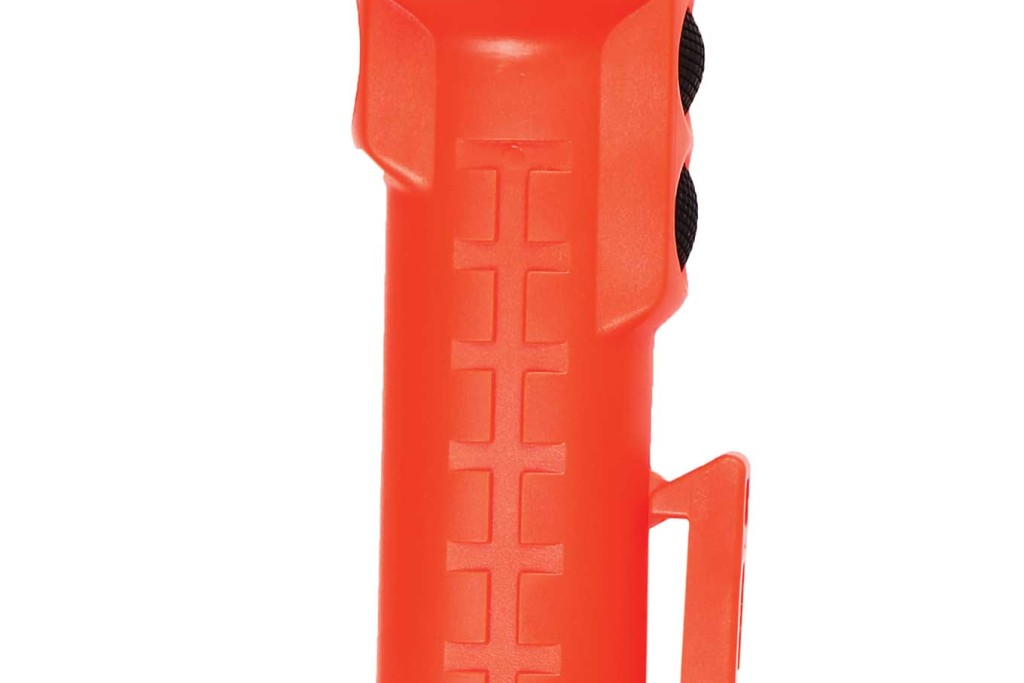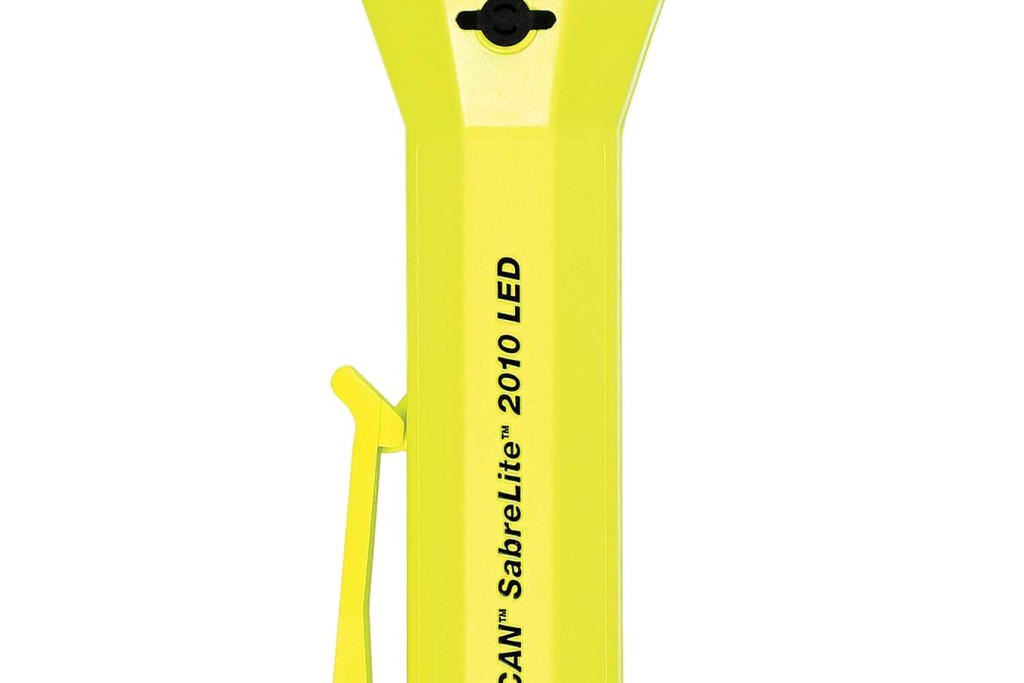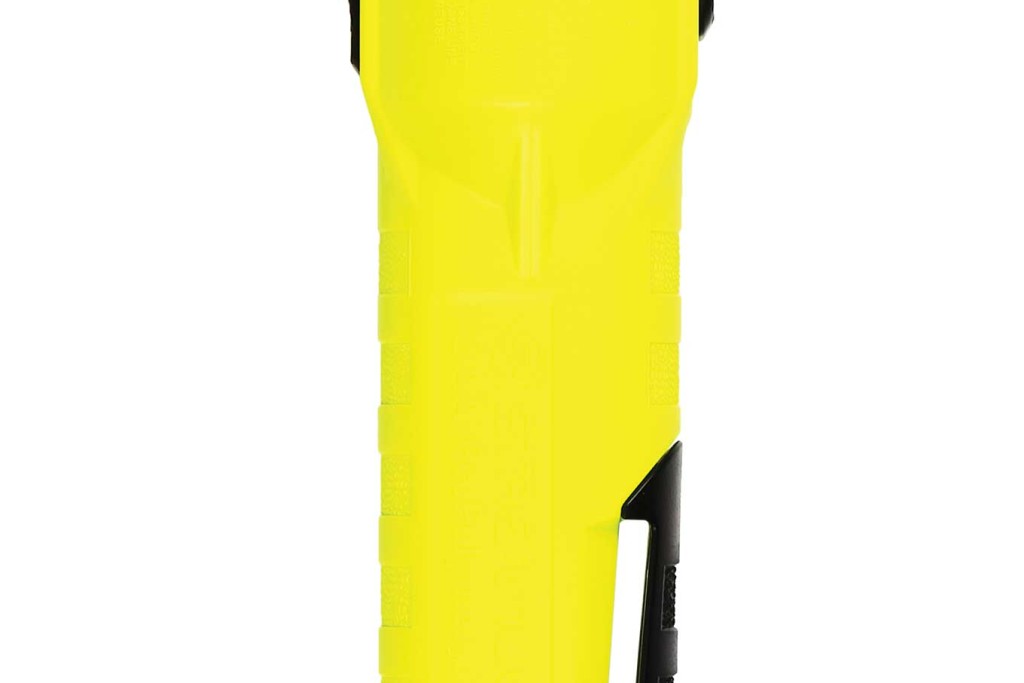The power’s out, the food’s gone, and the grocery stores are sold out or completely looted. You were prepared with a generator and a decent cache of supplies, but it’s looking grimmer by the day. There’s no telling how long the city will stay dark. With no indication that help is arriving anytime soon, it’s time to hit the road to your backup location. Unfortunately, lots of people panicked early on and the main highways instantly turned to gridlock, never quite recovering. All it took was a few ill-maintained vehicles to start overheating for drivers to start abandoning their cars and trying their luck on foot. This turned the jammed freeways into miles-long parking lots.
You’re not making it through that mess in your fuel-sipping commuter sedan, let alone a full-size truck. You need agility. You need fuel efficiency. You need a dirt bike.
Long the favorite of weekend warriors looking to escape for a day or two before returning home to grind another week out, it’s time to mount your new best friend and bypass the shells of the ill-prepared and stretch your legs on the open road. With unmatched maneuverability and fuel mileage, even the strictest hyper-miler will have trouble matching a small- or medium-capacity motorcycle. As such, a motorbike could be the ideal vehicle in a bug-out scenario. But before you kick that engine over and crack the throttle, you’ll need some seat time to make sure you’re comfortable maneuvering not just through the crowded highways, but off the beaten path as well. Just like hunting or fire-starting, you shouldn’t train on the job, so to speak. Trust us, it’s not as easy as it looks in the movies.

The Kawasaki KLX 140 is a small-capacity off-road motorcycle weighing in at only 210 pounds, ready to ride. Its light...
The Motorcycle Safety Foundation (MSF) has been teaching new and experienced riders proper riding techniques on both asphalt and dirt for years. OFFGRID recently attended a course backed by Kawasaki to brush up on our riding skills and learn from the best, so we could provide you with the know-how to get yourself out of a mess by using a two-wheeled solution.
Cockpit Controls
Familiarity with the machine is important. Knowing exactly where the kill switch is located on the handlebars without looking, how to find neutral with the gear shifter, how applying pressure to both front and rear brakes feels, and how the engine reacts when applying varying amounts of throttle are key elements that can be practiced while standing still.
The clutch (functionally the same as a clutch in a manual-transmission automobile) is operated by squeezing a handlebar-mounted lever with the rider’s left hand. The front brake is controlled by squeezing the handlebar-mounted lever with the rider’s right hand. The rear brake is operated by pressing a lever in front of the right foot peg. The gear selector is operated with the rider’s left foot, moving the lever up and down with the toe of your riding boot. Finding neutral in a maze of up and down shifts can be difficult and frustrating at first, so spend time early to become familiar with the typical configuration: one click down for first gear and four (or five, depending on your machine) clicks up for the higher gears. Neutral is located between first and second gear, and while many modern street bikes have neutral indicators, many dirt bikes lack such amenities.

Once confident in locating these important controls, learning to operate the clutch is the next step to freedom. Much like driving a manual-transmission car, many new riders are overwhelmed by the thought of having to shift a motorcycle. It’s not uncommon, however, for a dozen brand-new riders at an MSF course to spend less than half an hour becoming familiar with operating the clutch and shifting gears well enough to move on to the next skill. A little patience mastering this part of riding will make for a more enjoyable experience later.
In the Saddle
The basic riding position should have you seated centered on the motorcycle. While a dirt bike looks tall and daunting on its own, once a rider is seated the suspension will settle. There’s a lot of space on the long narrow seat, but the rider should sit toward the front of the saddle, nestled into the crook just behind the fuel tank. This centralizes the loaded weight, which can greatly affect handling, as well as preventing the rider from sliding during acceleration and braking.

Textured seat pads provide a “grippier” surface to keep the rider from sliding during acceleration and...
Using your knees, gently squeeze the fuel tank to stay connected with the motorcycle. Sitting upright, elbows should be rotated up and pointed out. Wrists should be straight, leaving plenty of rotational travel once the throttle is ready to twist open. This is considered the “attack” position, ready for whatever lies ahead.

The seated riding position maintains a straight line from forearm through the wrist, elbows pointed out, knees hugging...
Field of Vision
One of the first things to sear into your memory when riding is to always look where you’re headed, not where you are. There’s no time to react to something you’re seeing for the first time when it’s right in front of you. By continually scanning the path ahead, you can prepare for obstacles well before closing the gap in front of it.
Turning while riding a motorcycle can be intimidating, and many new riders will fall victim to target fixation. For example, if you’re fleeing an urban disaster and get fixated on an overturned car along the outside of a turn, the likelihood of veering directly toward the car is greatly increased. When riding through a turn, your eyes should guide you all the way through.
A major benefit of enrolling in an MSF course is the time allotted to repeating drills while overemphasizing proper technique. Much like weapons training, these repetitive drills begin forming muscle memory that will be crucial to performing properly when there is no time to think, just to act.

The importance of scanning the route ahead of you cannot be overstated, providing time to prepare for obstacles and...
Turn It Up
When performed with proper technique, turning a motorcycle can feel much more solid and comfortable than it may first appear. Simply leaning to the left or right initiates a turn, while small movements on the handlebars are all that are necessary. Once in the middle of the turn, applying pressure with your foot on the outside peg transfers pressure that helps keep the tires planted. On loose surfaces this can mean the difference between slipping into the woods safely and laying the bike down. By leaning into a turn, you’re letting the motorcycle do the work of turning itself.

Riders practice slaloming while standinag during a class hosted by Kawasaki and the Motorcycle Safety Foundation.
It can be difficult at first to overcome the urge to keep the motorcycle upright and just turn the handlebars, though performing low-speed drills while turning in both directions will quickly build confidence.
Slow Your Roll
On pavement, braking should be performed primarily before entering a turn. In the dirt, it isn’t that much different. The front wheel performs the majority of the braking process in a straight line, while a slight application of the rear brake can provide a balanced and settled reduction in speed. When braking off-road, the rear brake plays a greater role. As a general rule, the front brake should not be used in a turn on loose surfaces, as it’s likely to tuck under and take the motorcycle and its rider for a slide. Shifting weight over the rear of the motorcycle while braking helps reduce the likelihood of locking up the rear wheel and sliding.

Modern disc brakes have made their way to both the front and rear of most motorcycles, providing a superior stopping...
(Note that advanced riders will use the rear brake to lock up and swing the rear of the motorcycle around in some situations.)
Standing Tall
Although dual-sport and motocross bikes have an extreme amount of suspension travel, the rider’s body also acts as a suspension component. When watching video footage of off-road desert racers, you’ll notice how the motorcycle moves beneath a standing rider. To achieve this, proper posture is vital to a stable ride. It’s recommended for beginning riders to place the foot pegs near the arch of the foot. More experienced riders often opt for placement on the balls of their feet. It’s again important to remember to scan the road ahead, and look through turns.

Sawtooth edges on footpads provide a sure grip for muddy boots. The smaller pedal in front of the peg is the rear brake...
Avoid locking joints straight, as bent knees and elbows provide the shock-absorber effect that makes standing riding so useful. Higher speeds and less fatigue are possible when using this technique.
When it comes time to turn while standing up, the rider’s body position should stay neutral, with pressure on the pegs again initiating and guiding the turn. This technique would come in handy when traversing an open, rutted field at high speed.

Proper standing position places the arch of your foot over the foot peg.
Might As Well Jump
Eventually, and especially in a bug-out scenario, you’ll encounter obstacles that need to be ridden over. When fleeing a metropolis in a crisis, it’s not unreasonable to expect a detour through a park, riding up and down stairs, or plowing through bushy planters. Jumping a curb at the last second might prevent being taken out by panicked motorists.
Once again, a centered, upright, balanced riding position is the key to staying on two wheels. As the motorcycle ascends the obstacle, the rider should lean forward to keep the front wheel planted on the ground. Once the obstacle is crested and the descent begins, the rider should shift his or her weight to the rear, keeping the back tire firmly in touch with terra firma. Quick stabs of the brakes can spell disaster, and grabbing a fistful of front brake on a descent will send you ass over teakettle.


By staying upright while climbing uphill, you’re keeping weight over the front tire and preventing an...
Conclusion
Becoming capable on two wheels is at once freeing, enjoyable, and overwhelming. There can be a lot to remember, from maintaining proper riding posture and squeezing the tank with your knees to finding neutral with the gear selector and shifting your body to keep balance. Oh, and don’t forget to squeeze the clutch in when you come to a stop!
While executing your emergency plan, you’ll no doubt have a lot more on your mind than riding techniques, so regular practice ahead of the real deal is a necessity. Whether your escape route is a short jaunt or a cross-country ordeal, there’s nothing more comforting than having confidence in your bug-out bike skills.

Common Rookie Mistakes to Avoid
Overusing the Front Brake
Though street riders primarily use the front brake, grabbing a fistful of front brake mid-turn in the dirt is a great way to lay a dirt bike down.
Neglecting Your Bike
Poor motorcycle maintenance will slow you down, possibly leaving you stranded in the middle of nowhere.
Neglecting Your Body
Off-road riding can be very strenuous. Fuel for your body is just as important as it is for your motorcycle. Eat and hydrate so you can make the correct decisions.
Maintenance 101
Keep the Chain Clean
Squirt WD-40 to prevent dirt from wearing through the chain’s O-rings.
Keep the Proper Chain Tension
Tight chains can snap. Loose chains can wear, or even jump off the sprocket.
Use a Fuel Filter
Modern motorcycles with fuel injection need clean fuel. Use a filter when pouring new gas, and become familiar with the process of cleaning and replacing the post-tank filter.
Change Your Oil Regularly
Oil-change intervals for motorcycles are shorter than for automobiles, especially when used in harsh and dirty environments.
Know How to Change an Inner-tube
It’s not the easiest roadside fix, but it could be the difference between riding to your destination and hiking to it.
Pump it Up
Tire air pressure can greatly affect handling and tire wear patterns.
Adjust the Suspension
Adjusting the suspension varies among motorcycles, but can often be performed for extra load capacity.
Have Extras
Spare fuses and bulbs are small and easy to pack.
Know and Customize Your Toolkit
A small toolkit is often included from the manufacturer, but knowing how to use it, and what’s not included, is the rider’s responsibility.
Safety Gear
There are enough options for every type of rider, in every type of weather, that comfort is no longer an excuse for leaving safety equipment behind. In a bug-out situation, you can’t help yourself or your family if you brain yourself on a rock or the pavement. While most motocross gear is brightly colored, all of these items are also available in more discreet colors that are less likely to bring unwanted attention.
Helmets
Helmets top the list of suggested safety equipment. Full-face variants provide the most protection, as a majority of impacts occur to the front of a rider’s head. Off-road helmets are engineered to provide maximum fresh airflow, though the visor can make the helmet less stable at high speeds. More expensive helmets aren’t necessarily safer, but are often lighter and better ventilated, along with having removable and washable liners. Dual-sport helmets are a recent hybrid, featuring a flip-up viewport shield from on-road helmets, along with the sun visor and an extended chin bar from off-road helmets.
Gloves
These can mean the difference between getting back on the bike after a spill and not being able to grab the handlebars. Options range from thin leather with mesh tops to armored gauntlets meant to wrap around jacket sleeves. Insulated and even electric options are available for cold-weather adventures.
Riding Jackets
There’s a huge range. You can find everything from lightweight armored mesh pieces to enduro-specific options with cargo pockets, hydration bladder pouches, and weatherproofing.
Pants
While jeans are better than shorts, denim still shreds easily in a crash. The ideal pants for a bug-out scenario may be high-strength nylon or Kevlar-reinforced riding pants with internal, padded armor.
Boots
Footwear comes in street and off-road variants. Street boots typically have more mobility built into their design, while off-road boots feature stiffer soles for ultimate stability. The larger lugs may also make off-bike hiking easier if you forgot to pack bug-out boots.
About The Author:
Known to his friends as an impulse hobbyist, Adam has had a hand in whatever looks to be a good time. From fabrication and metal shaping for tube buggies and hot rods to racing mountain bikes and throwing motorcycles around a flat track, he’s done it all while photographing and writing about his adventures along the way.
www.adambendig.com
Street Bike Versus Dirt Bike
There are a few key differences between a super sport street bike and a dirt bike:
- A dirt bike’s larger (often 21-inch) front wheel rolls over objects easier than smaller diameters. The narrower rim is stronger when plowing into obstacles.
- Dirt bikes are often lighter weight, making for easier maneuverability
- The upright riding position can be more comfortable, while ergonomics allow for a standing riding position. But at high speeds, wind blast can make dirt bikes feel unstable.
- Pure motocross machines can have higher performance engines that need more attention and feature less longevity. Dual-sport and endurance motorcycles maintain off-road capability with some on-road manners.
Sources
Kawasaki Motors Corp., USA > www.kawasaki.com
Motorcycle Safety Foundation > www.msf-usa.org
















































